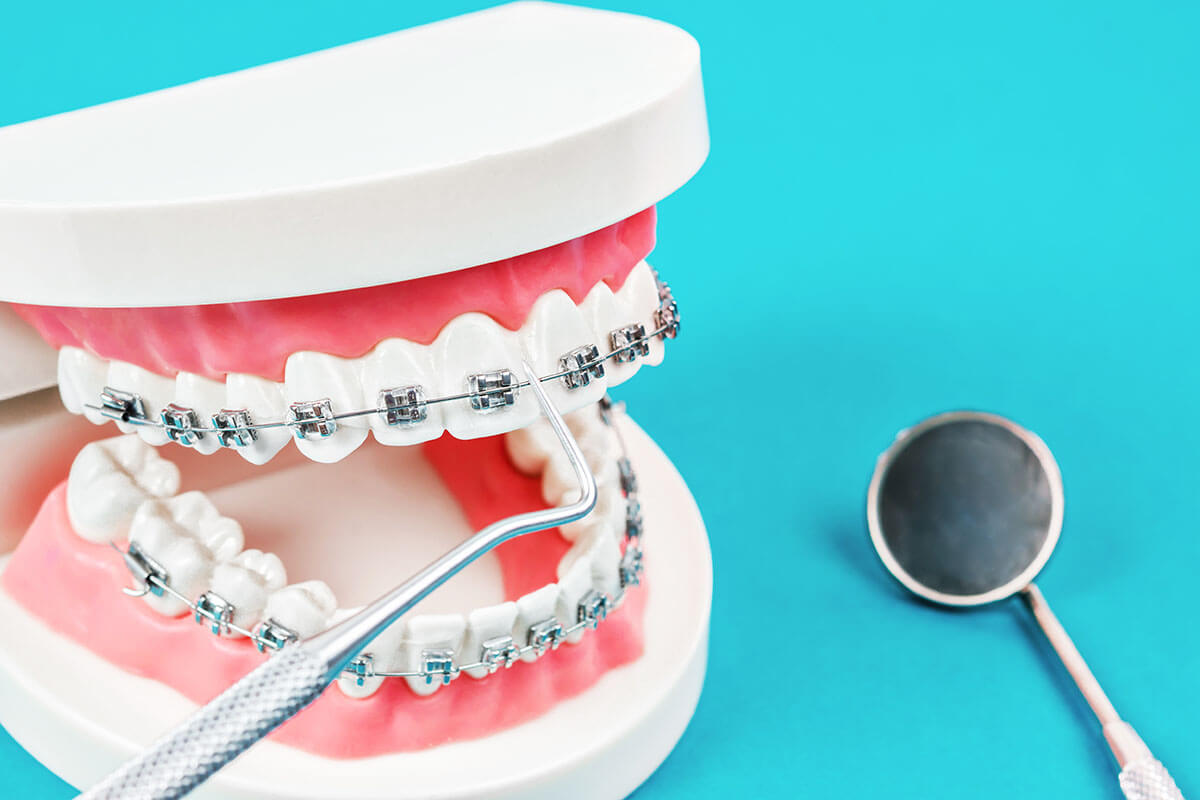Choosing the most effective Cumming Orthodontics for Effective Braces and Aligners Solutions
Choosing the most effective Cumming Orthodontics for Effective Braces and Aligners Solutions
Blog Article
Comprehensive Overview to Orthodontics Procedures for Fixing Oral Misalignments
Comprehending the ins and outs of each treatment, including their systems, benefits, and possible downsides, is crucial in making informed decisions about one's orthodontic treatment. As we navigate with the thorough overview to orthodontic treatments for dealing with oral imbalances, the elaborate information of each approach will unfold, dropping light on the course toward a unified and useful oral positioning.
Orthodontic Procedures Review

Regular changes and surveillance are vital parts of orthodontic therapy to guarantee progression is on track and to make any kind of needed modifications along the means. By going through orthodontic procedures, clients can not just attain a straighter grin yet also boost their overall oral health and wellness and function.
Conventional Dental Braces: How They Work
When considering orthodontic therapies for dental imbalances, traditional braces stand apart as a time-tested technique for remedying teeth positioning. Standard dental braces include brackets, cables, and bands that interact to use continual stress on the teeth, progressively relocating them into the desired alignment. The brackets are affixed to the teeth utilizing an unique adhesive, and the wires are threaded with the brackets. By adjusting the tension of the wires, orthodontists can regulate the direction and force used to each tooth, directing them right into correct alignment gradually.
As pressure is applied to the teeth through the braces, the bone surrounding the teeth is improved to support the brand-new tooth settings. Clients will require regular changes at the orthodontist's office to ensure the braces proceed to apply the correct pressure for efficient teeth movement.
Unnoticeable Aligners: Cons and pros
Unseen aligners provide a very discreet and hassle-free option to traditional braces for fixing oral imbalances. These clear, custom-made trays are basically invisible when put on, making them an appealing choice for individuals seeking a much more aesthetically pleasing orthodontic therapy. One of the main advantages of unnoticeable aligners is their removability, enabling for less complicated maintenance of oral health compared to conventional braces. Patients can get rid of the aligners before consuming or brushing their teeth, minimizing the threat of food obtaining embeded the appliance and streamlining the cleaning procedure.

Surgical Orthodontic Options
Surgical interventions in orthodontics present sensible options for dealing with complex oral imbalances that might not be successfully dealt with via traditional orthodontic therapies. While undetectable aligners and standard braces can deal with lots of orthodontic issues, certain instances need surgical intervention to attain optimal outcomes. Surgical orthodontic alternatives are generally suggested for extreme malocclusions, considerable jaw inconsistencies, and situations where the underlying bone structure requires modification to achieve proper alignment.
One common medical orthodontic procedure is orthognathic surgical treatment, which entails rearranging the jaws to remedy practical problems such as difficulty speaking or chewing. This surgical treatment is commonly performed in partnership with an orthodontist that aids line up the teeth before and after the treatment. Surgical orthodontics may likewise entail procedures to subject influenced teeth, get rid of excess periodontal tissue, or reshape the jawbone to produce an extra harmonious face profile.
Prior to thinking about medical orthodontic alternatives, individuals undertake a detailed dental veneers assessment to establish the need and potential benefits of such treatments. cumming orthodontist. While surgery might appear challenging, it can dramatically improve both the function and looks of the smile in situations where conventional orthodontic therapies fail
Retainers and Post-Treatment Treatment

Failing to conform with post-treatment care guidelines can result in relapse, where the teeth gradually move back towards their initial placements. Regular retainer wear, great dental health, and routine dental examinations are crucial for maintaining the results attained through orthodontic surgical treatment and making certain the long-term security of the remedied dental positioning.
Conclusion
To conclude, orthodontic procedures supply various alternatives for dealing with dental imbalances. Standard web link braces make use of steel brackets and wires to shift teeth right into correct alignment. Undetectable aligners provide a more discreet option however may not appropriate for all cases. Surgical orthodontic choices are available for more severe imbalances. Retainers are generally used post-treatment to keep the brand-new placement. In general, orthodontic treatments can efficiently enhance oral health and wellness and visual appearance.
As we browse with the thorough guide to orthodontic treatments for fixing oral misalignments, the complex details of each method will unravel, losing light on the path towards a useful and harmonious dental positioning. - cumming invisalign
One of the most usual orthodontic therapies is the usage of braces, which consist of metal brackets and cords that apply mild pressure to slowly shift teeth right into the wanted setting.When thinking about orthodontic therapies for oral imbalances, standard dental braces stand out as a time-tested approach for correcting teeth positioning. Additionally, invisible aligners may not be suitable for complex orthodontic issues that require even more considerable teeth movement, as they are typically recommended for moderate to moderate cases. Retainers are custom-made orthodontic tools made to hold teeth in their corrected placements after the completion of orthodontic treatment.
Report this page